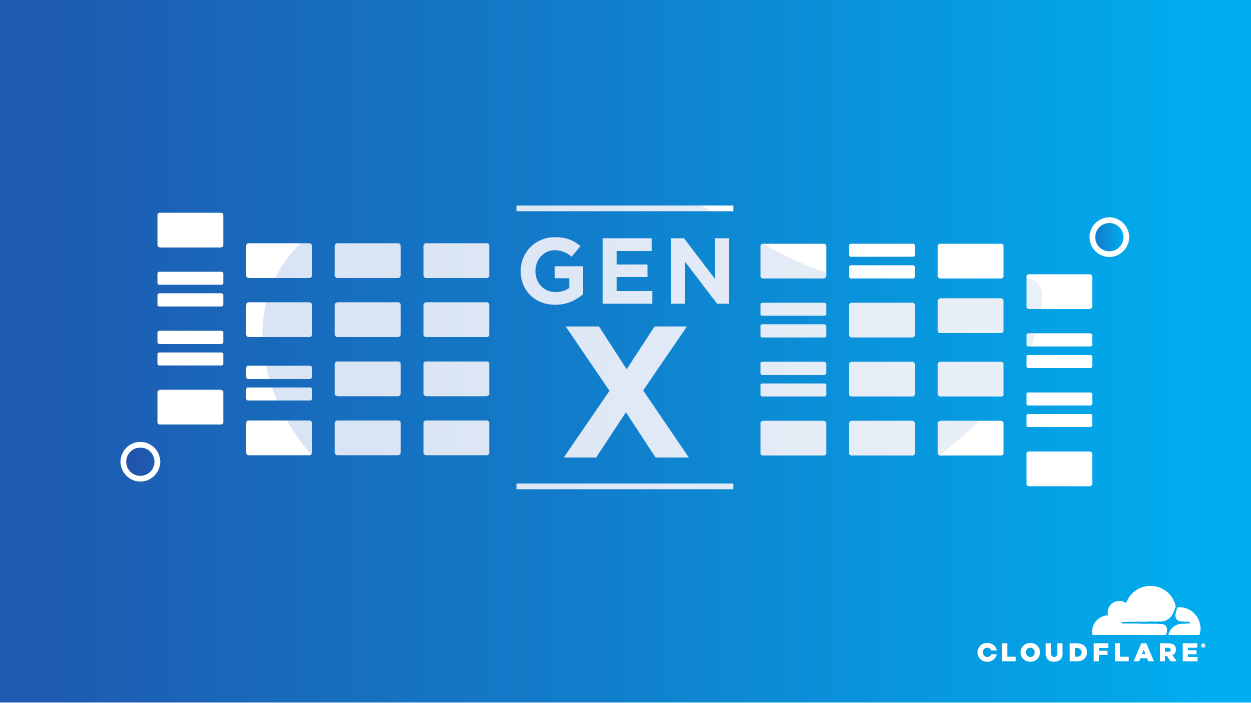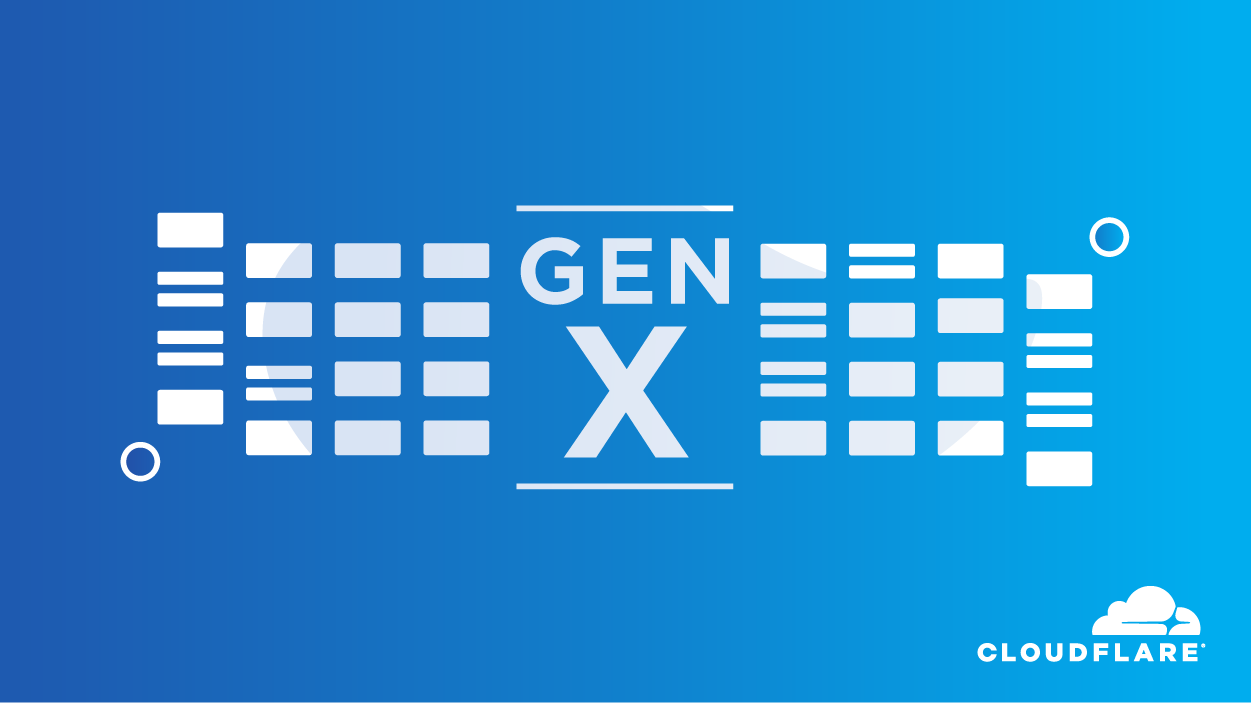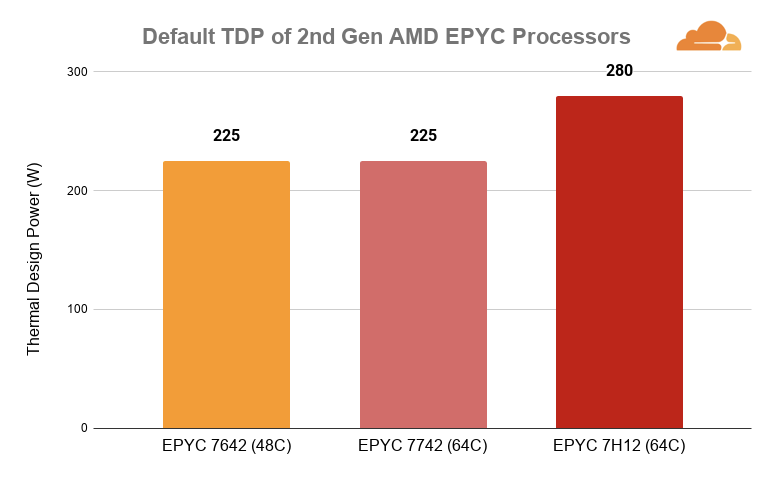XML
XML – Extensible Markup Langauage
Its more suitable as data representation choice when software element need to communicate with each other.
Let review the XML basics with an example
anurudh@anurudh:~/newfolder$ cat ex1_xm.xml
<device>
<vendor>Cisco</vendor>
<model>7600</model>
<version>IOS 15.6</version>
</device>
Here <device> is root , which is present in outermost XML tag of document , also referred as parent of the element <vendor>,<mode> and <version> , whereas <vendor>,<mode> and <version> is known as children of the parent element <device>.
Namespace : Its part of XML Specification to differentiate between different XML blocks having same names
let’s take an example , if I have one more xml document as below
<device>
<vendor>Cisco</vendor>
<model>9600</model>
<version>IOS 15.6</version>
</device>Here , the only difference between earlier XML doc and this one is one element i.e model number changed from 7600 to 9600 ,but parent element is same in both XML doc i.e <device> So there should be method to avoid conflict , there comes NAMESPACE which prevent element naming conflict
The namespace can be defined by an xmlns attribute in the start tag of an element.
The namespace declaration has the following syntax. xmlns:prefix=”URI”.
<root>
<a:device xmlns:c="http://example.org/7600devices">
<a:vendor>Cisco</a:vendor>
<a:model>7600</a:model>
<a:version>IOS 15. Continue readingSecuring Memory at EPYC Scale


Security is a serious business, one that we do not take lightly at Cloudflare. We have invested a lot of effort into ensuring that our services, both external and internal, are protected by meeting or exceeding industry best practices. Encryption is a huge part of our strategy as it is embedded in nearly every process we have. At Cloudflare, we encrypt data both in transit (on the network) and at rest (on the disk). Both practices address some of the most common vectors used to exfiltrate information and these measures serve to protect sensitive data from attackers but, what about data currently in use?
Can encryption or any technology eliminate all threats? No, but as Infrastructure Security, it’s our job to consider worst-case scenarios. For example, what if someone were to steal a server from one of our data centers? How can we leverage the most reliable, cutting edge, innovative technology to secure all data on that host if it were in the wrong hands? Would it be protected? And, in particular, what about the server’s RAM?

Data in random access memory (RAM) is usually stored in the clear. This can leave data vulnerable to software or hardware probing by Continue reading
CCIE Enterprise Infrastructure Training
CCIE Enterprise Infrastructure Training by Orhan Ergun. As Orhan Ergun, I always aim to provide best training in the world. I started recently CCIE Enterprise Infrastructure v1. 0 training. In this post you will see why you should get this training, why you should get it from Orhan Ergun, what are the requirement to attend , what are the unique benefits, training outline and many other details.
CCIE Enterprise Infrastructure v1.0
- New CCIE Enterprise Infrastructure training will prepare you for the new solutions of enterprise networks in today’s networking era.
- This Training is more oriented on the basis of new and latest solutions instead of the legacy network technologies.
Benefits of Orhan Ergun CCIE Enterprise Infrastructure Training:
- 20 days – 10 Weekends – 2 and half months (80 hours, 4 hours each day, on weekends) training
- CCIE IE Workbook and Classroom materials (More than thousand pages)
- It will be live training but self paced training will be provided when it is completed for free to the attendees
- Attendees will be able to receive SP Design and Segment Routing Workbooks
- When you want to attend CCDE Training, extra 40% discount
Why CCIE Enterprise Infrastructure Training Continue reading
What happens if you redistribute BGP full view into OSPF
Yes, this has already happened to many networks across the globe. And for sure will happen again. Maybe to your network?

TL;DR:
The network will go down. OSPF sessions will start flapping, some routers might run out of memory and …
Video: End-to-End Latency Is Not Zero
After the “shocking” revelation that a network can never be totally reliable, I addressed another widespread lack of common sense: due to laws of physics, the client-server latency is never zero (and never even close to what a developer gets from the laptop’s loopback interface).
Video: End-to-End Latency Is Not Zero
After the “shocking” revelation that a network can never be totally reliable, I addressed another widespread lack of common sense: due to laws of physics, the client-server latency is never zero (and never even close to what a developer gets from the laptop’s loopback interface).
Networking with a Purpose Using Technology
Technology is here to stay, and it is only natural that technology has started to play a role in networking. Social media, cell phones, texting, and even sites such as YouTube all can help you use technology in networking with a purpose.
Here are some ways you can engage in networking with a purpose using technology.
Use Those Social Media Sites to Sustain Your Relationship with Contacts
One of the most difficult things to do is to try and maintain the relationships with the contacts you have made through networking efforts. Texting and social media make it easier to maintain those relationships and to check in with those in your network semi-regularly. Even if the contact is just a brief message asking about their family or about their interests, your contacts will notice your sincere interest in them.
Technology Can Keep Your Informed Regarding a Contact’s Need That You May Fill
When networking with a purpose, the first thing you should do is to find out what your contact needs and try and fill that need without asking anything in return. It doesn’t have to be all about business, you might be able to recommend a dentist to a client Continue reading
Daily Roundup: Huawei Security Concern Ignites RSA Panel
Huawei security concerns ignited RSA panel discussion; Airline exec dished advice to security...
Sprint Expands Its VeloCloud SD-WAN Global Reach
The expansion more than doubles the reach of the U.S.-based carrier's SD-WAN service compared to a...
Sanjay Poonen Talks VMware’s Multi-Billion-Dollar Security Strategy
“We see a tremendous opportunity to create a multi-billion-dollar security company,” Poonen...
Nutanix Hammered by Coronavirus-Tainted Outlook
The vendor actually posted stronger-than-expected earnings for its latest fiscal quarter, but its...
Microsoft’s Ann Johnson: Security Needs AI With Human Spirit
“We need to combine AI with that human apathy,” she said during an RSA keynote. “We need both...
My Personal Notes on Corona Virus (COVID-19) And Travelling

Or why you should stop travelling for a while
The post My Personal Notes on Corona Virus (COVID-19) And Travelling appeared first on EtherealMind.
Gen X Performance Tuning


We are using AMD 2nd Gen EPYC 7642 for our tenth generation “Gen X” servers. We found many aspects of this processor compelling such as its increase in performance due to its frequency bump and cache-to-core ratio. We have partnered with AMD to get the best performance out of this processor and today, we are highlighting our tuning efforts that led to an additional 6% performance.

Thermal Design Power & Dynamic Power
Thermal design power (TDP) and dynamic power, amongst others, play a critical role when tuning a system. Many share a common belief that thermal design power is the maximum or average power drawn by the processor. The 48-core AMD EPYC 7642 has a TDP rating of 225W which is just as high as the 64-core AMD EPYC 7742. It comes to mind that fewer cores should translate into lower power consumption, so why is the AMD EPYC 7642 expected to draw just as much power as the AMD EPYC 7742?

Let’s take a step back and understand that TDP does not always mean the maximum or average power that the processor will draw. At a glance, Continue reading
Upcoming Events and Webinars (March 2020)
Starting with a short message to anyone interested in our on-site events in Switzerland: on March 10th we’re running our first 2020 workshop, focusing on Docker and containers.
I totally reworked the material, adding tons of new Docker networking examples (including deep dive into iptables) and a few fun things like building an Ansible container, or starting the whole NetBox stack with a single command. Even if you don’t plan to deploy containers in your production network, you might drop by just for that part.
And now for the upcoming webinars:
Read more ...Upcoming Events and Webinars (March 2020)
Starting with a short message to anyone interested in our on-site events in Switzerland: on March 10th we’re running our first 2020 workshop, focusing on Docker and containers.
I totally reworked the material, adding tons of new Docker networking examples (including deep dive into iptables) and a few fun things like building an Ansible container, or starting the whole NetBox stack with a single command. Even if you don’t plan to deploy containers in your production network, you might drop by just for that part.
And now for the upcoming webinars:
Fiery Debate Ensues Over Huawei Supply Chain Risk
A discussion with panelists from the U.S. Department of Defense, Huawei, a conservative think tank,...
Google Pledges $10B Investment in Data Centers, Offices This Year
While substantial, the investment pledge is down from the $13 billion Google invested in the space...